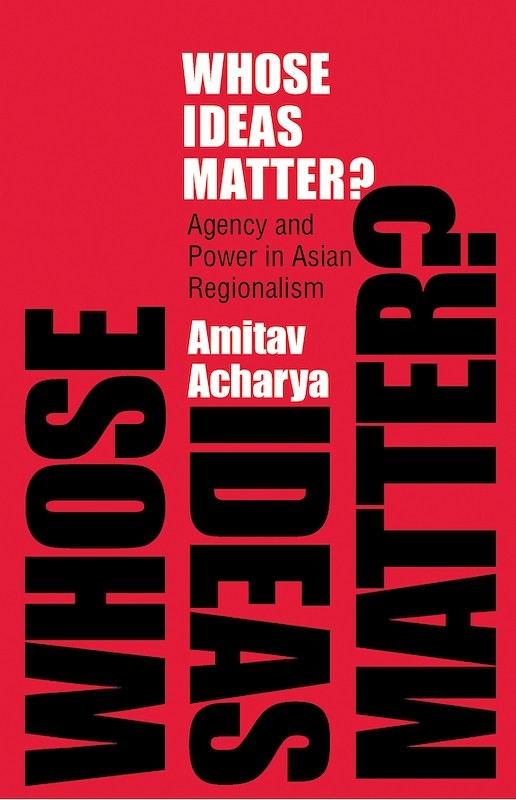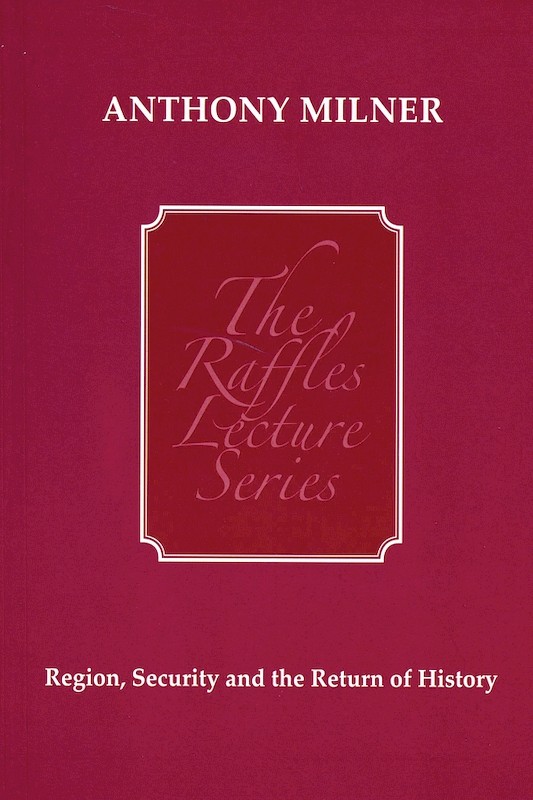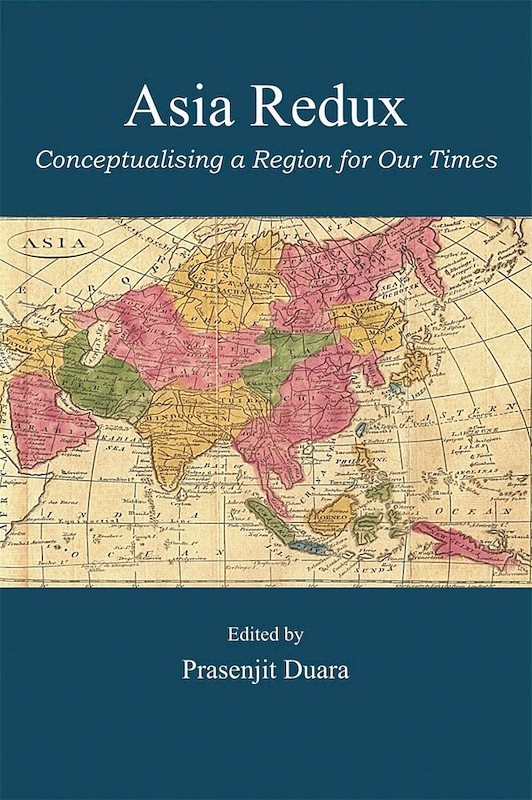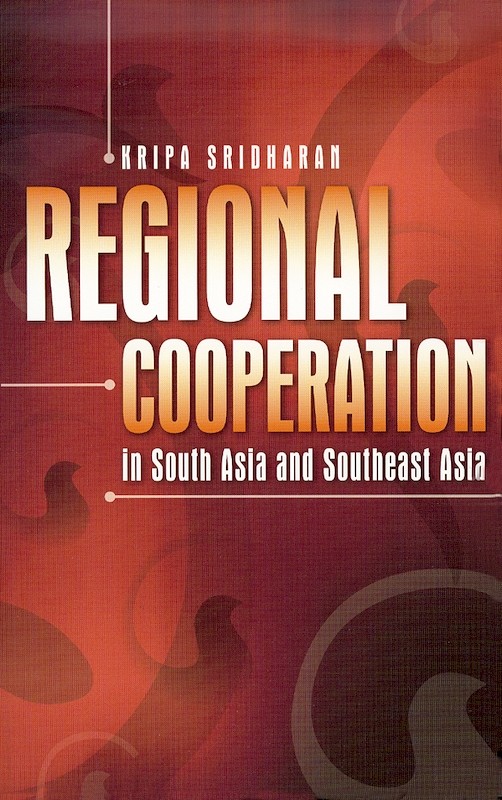The Making of Southeast Asia: International Relations of a Region

Amitav Acharya, author
Date of publication:
2012
Publisher:
Institute of Southeast Asian Studies
Number of pages:
350
Code:
BM418
Hard Cover
ISBN: 9789814311229
Soft Cover
ISBN: 9789814311212
Reviews
"timely and important volume ... systematically developed, theoretically sophisticated and richly documented" (Political Studies Review)
"This comprehensive study is an updated and expanded version of the author's The Quest for Identity: International Relations of Southeast Asia (Oxford University Press, 2000). It adds to the original a solid overview of the international-relations policies that have shaped Southeast Asia since 1945, and an account of the developments since the Asian crisis of the late 1990s. Its point of departure is that regions in general -- and this region in particular -- are socially constructed and that the international relations of Southeast Asia, of which the sum constitutes more than its parts, come from within instead of being imposed from the outside... The book's attempt to bridge area studies with the study of international relations is more innovative, placing 'regionness' or regional identity, at the core of what constitutes Southeast Asia. It demonstrates how important it is to view Indonesia, for example, within the broader context of the region. This makes for a strong argument in favour of a regional perspective and against the view that the region has at best been constituted from the outside and is therefore innately weak.... By focusing on the region as a whole, Acharya under-exposes the role of the variegated foreign policies of the individual nation-states within it. The exact nature of the entanglements between the various scales involved (subnational, national, transnational, supranational, regional and global) needs to be explored further; the social construction of the region from below (that is, from beyond the NGOs), in the form of media flows, increased travelling and the effects of, for instance, educational exchange, also needs further research. These points for discussion however, do not diminish my admiration for this very important study, which should be read by every student of Southeast Asia" (Bulletin of Indonesian Economic Studies).
"As an Introduction to the region, there is no better-written or more comprehensive volume available" (Asian Affairs).
"Second editions, like film sequels, rarely equal their predecessors. The Making of Southeast Asia is a significant exception. Acharya's 2000 book, The Quest for Identity: International Relations of Southeast Asia was regarded as a landmark by many of the leading figures in Southeast Asian studies, not all of whom agreed with its argument or perspective. This second edition is almost twice its length and updates the narrative through 2011. It covers a wider swathe of issues and writers and elaborates a more refined theoretical framework. This time it will attract attention among scholars and practitioners of international relations as well as area studies experts. Elegantly written in accessible prose, Making is a compelling cross-over volume at a moment when inter-disciplinary, theoretically innovative, imaginatively researched, and policy relevant scholarship is proliferating. Intellectually challenging and politically important, it is a double-spanned bridge across rivers that separate international relations from Southeast Asia area studies and, in addition, that separate the study of international relations from its practice. The sparkle in the book is not only the originality of the argument; it is the creative use and synthesis of the best scholarship by writers inside and outside Southeast Asia, historians, anthropologists, geographers, political economists, political scientists, and international relations specialists among them. As synopsis, Making is of similar character to the multiple editions of John Fairbank's The United States and China. The debates that the book will engender promise to be fierce and constructive. Making is quickly becoming required reading for graduate courses around the Pacific. It can also be used in undergraduate teaching, especially chapters 3 through 8. The photographs are superb and bring to mind the next pedagogical frontier: connecting text and video archives as an integrated whole. And it is just the libretto that often-puzzled Western diplomats and political leaders need for understanding the history, players and motives they encounter in a frenetic world of ASEAN diplomacy, of which they are a welcome but peripheral part (Pacific Affairs).
About the publication
"Amitav Acharya has written a splendidly ambitious book. Travelling from the discipline of International Relations to the historiography of Southeast Asia and back again, it draws upon a range of methodologies to analyse the issue of identity in the configuration of Southeast Asia. But it provides more than an academic assessment. With this book, Acharya must be judged to have contributed not just to the study of Southeast Asian regionalism, but to the process itself." - Anthony Milner, Basham Professor of Asian History, Australian National University
Contents
-
The Making of Southeast Asia: International Relations of a Region
[Whole Publication, ISBN: 9789814311250] -
Preliminary pages
-
1. Introduction: Region, Regionalism and Regional Identity in the Making of Southeast Asia
-
2. Imagined Communities and Socially Constructed Regions
-
3. Imagining Southeast Asia
-
4. Nationalism, Regionalism and the Cold War Order
-
5. The Evolution of Regional Organization
-
6. Southeast Asia Divided: Polarization and Reconciliation
-
7. Constructing "One Southeast Asia"
-
8. Globalization and the Crisis of Regional Identity
-
9. Whither Southeast Asia?
-
Bibliography
-
Index
-
About the Author






